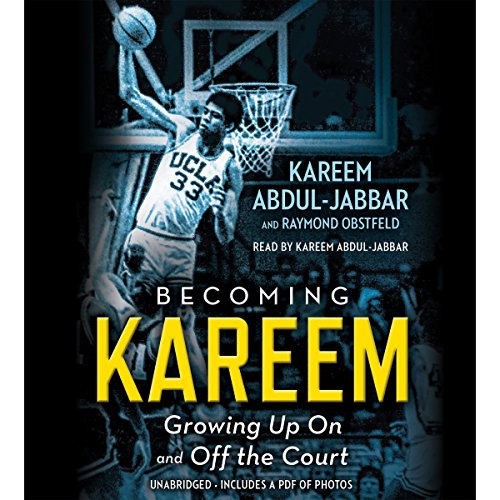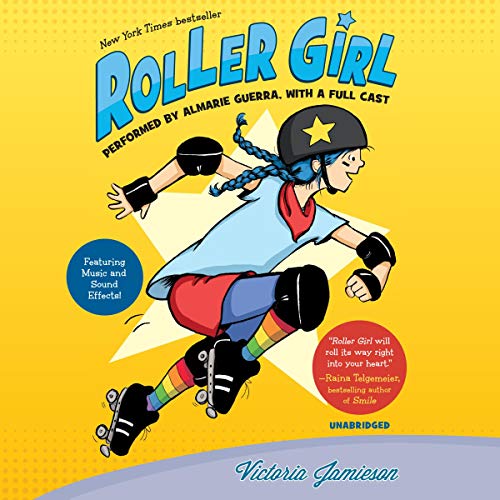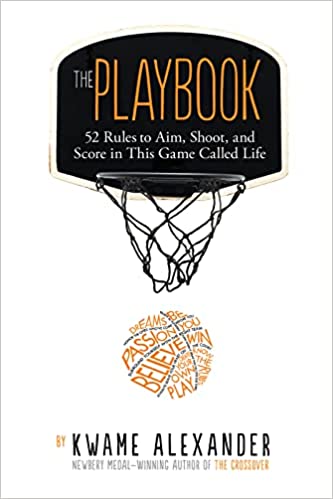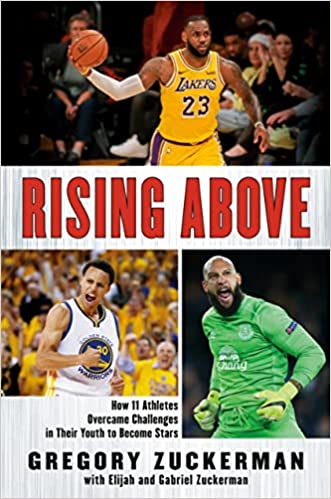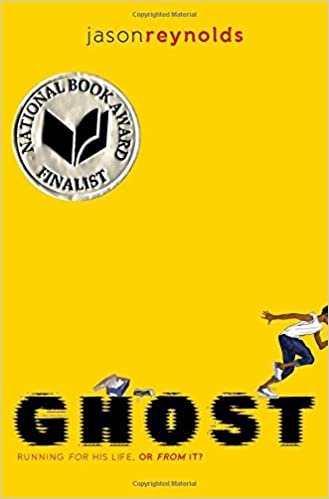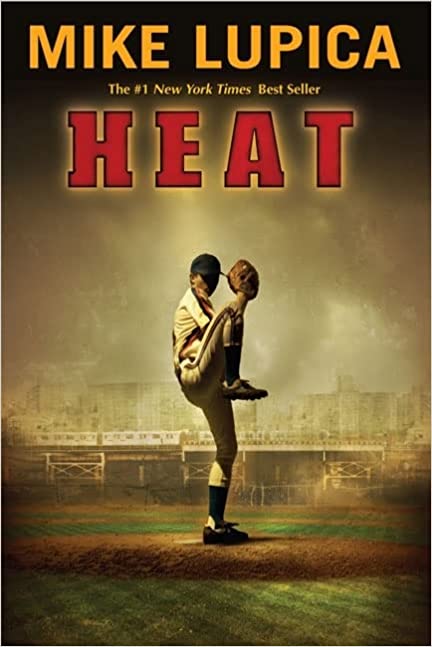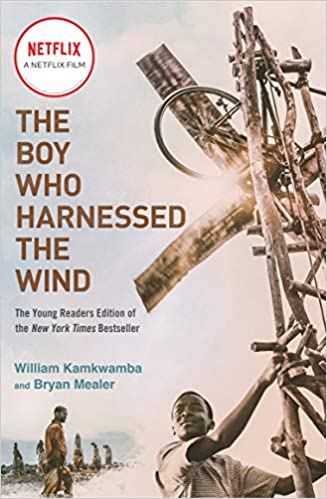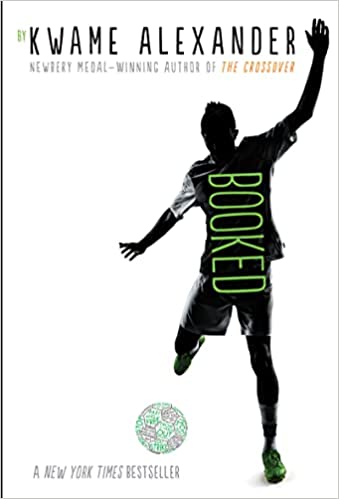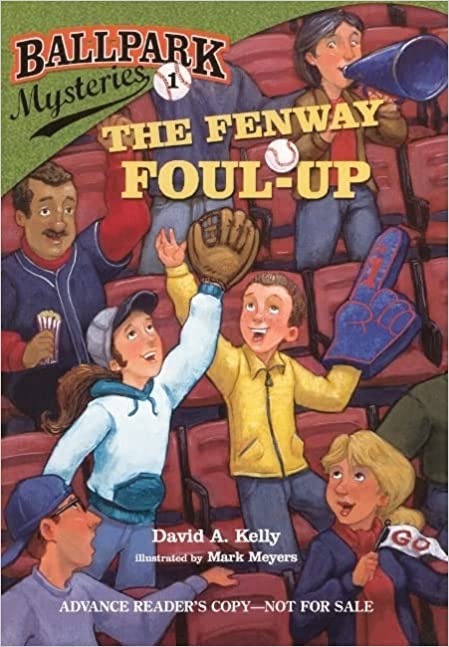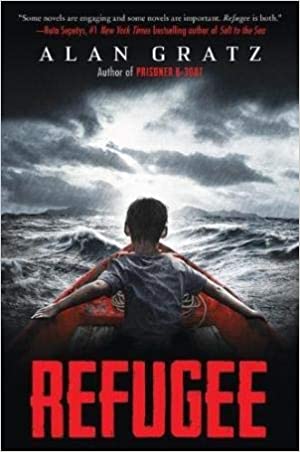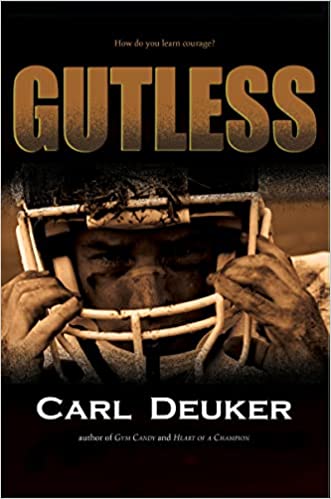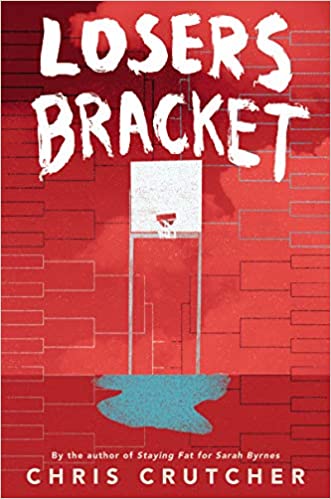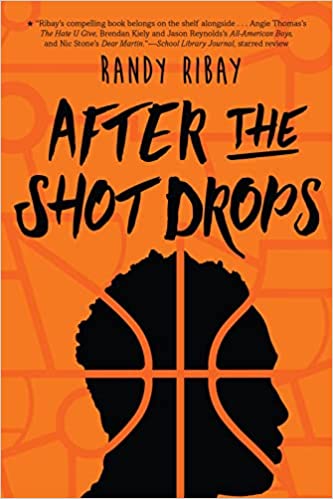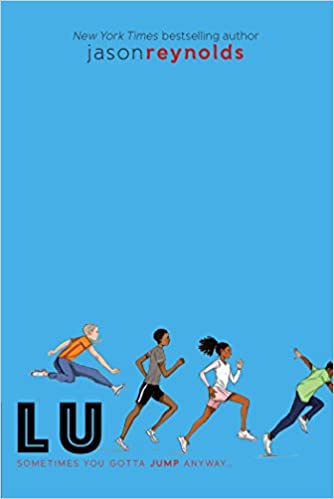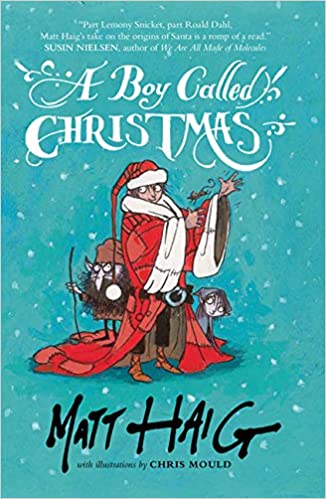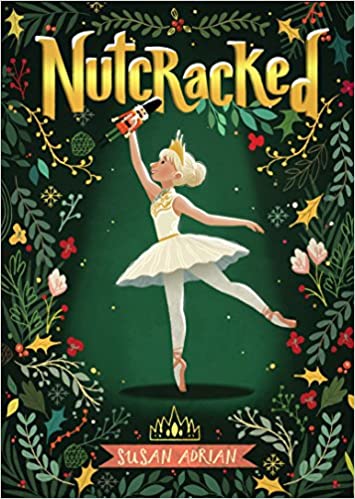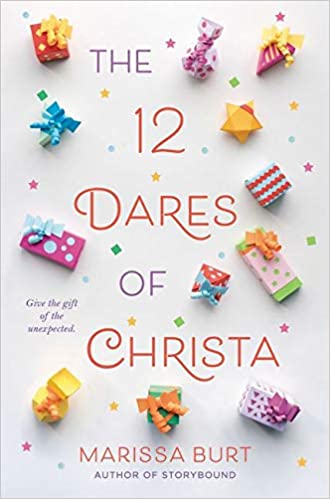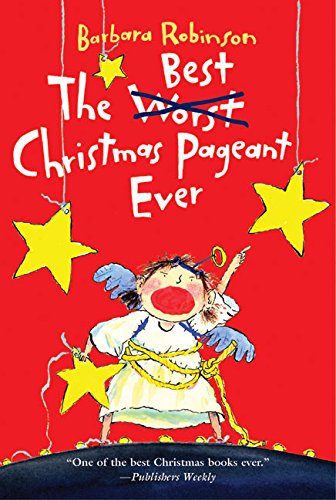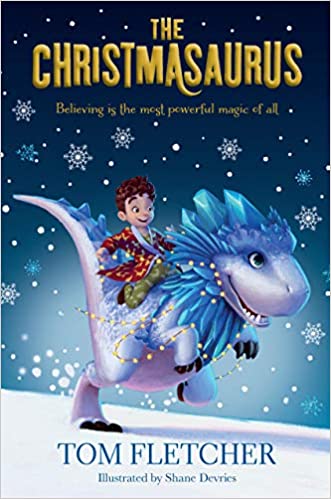5 Secrets: Improving Your Childs Reading Scores on Standardized Tests
This article is for you if:
- You want to know how to help your child do better on standardized reading tests.
- You want to help your kids do well on standardized tests, but you don’t know where to start.
- Have a child in Elementary school.
Use these strategies with your child to help them do better on standardized reading tests:
Take a Look at Last Year’s Exam
Get hold of the reading scores from last year’s standardized tests. Pay close attention to those scores. Take note of your child’s consistent patterns and trends. When you do this, you can see which standards they are good at and which ones might need more work. Standardized test scores from the past are a good place to start when planning how to teach reading and writing. The reading goals that your kids didn’t do well on can be the focus of your guided reading mini-lessons.
Create a Plan at Home
To do well on standardized tests, you have to think that success begins at the start of the school year, not a few weeks before the test.
Since the beginning of the school year, we here at Wholesome have been preparing your kids for standardized tests through our numerous writing and reading comprehension lessons.
Most schools have a scope and sequence, which can be quite long and wordy. It’s easy to feel overwhelmed, so take those goals and make them easier to understand. You can find out about the scope of learning by doing a search on Google or by asking your child’s teacher.
If you look closely at a standardized reading comprehension test, you’ll see that it usually tests a mix of the following reading skills:
- Cause and Effect
- Character Traits
- Compare and Contrast
- Context Clues
- Determining Author’s Purpose (Be sure to teach author’s purpose)
- Drawing Conclusions
- Fact and Opinion
- Fiction vs. Nonfiction
- Figurative vs. Literal Language
- Finding the main idea
- Genre Features
- Inferring
- Making Connections
- Making Predictions
- Meta-Cognitive Strategies (e.g. Visualizing, Monitoring for Meaning, Questioning, etc.)
- Multiple Meaning Words
- Point of View
- Retelling
- Sequencing
- Story elements
- Summarizing
Take the reading and writing skills that will be tested and put each one in your child’s plan book on a different week. Some skills take longer than a week to learn, so keep that in mind. The scope and sequence is just a way to keep track of where you are. The goal is to talk about each goal at least once in a certain amount of time, like the first two quarters of the school year. In addition to showing students how to use the skills, teach them the learning goals in different ways.
All of the reading skills above are covered in our new English program here at Wholesome. We cover each skill as well as pose critical thinking questions to your child to help them grow with depth & understanding.
Teach Through the Books Your Child is Reading at Home
Many skills are taught in a single chapter. With a chapter book, it takes a little bit of work to plan activities and lessons around the reading skills you want to teach. However, the time and effort are well worth it. To work smarter, you could ask your child’s teacher for book suggestions, split the work and then swap activities/lessons, or sign your child up for our Wholesome Classes. Choose books that can be read in many different ways, especially ones that will be on standardized reading tests.
If you’re already a Wholesome Parent, rest easy knowing that this is the reason we read full length books in our classes. We’ve got you covered.
Read Books Aloud With Your Children from a Variety of Genres
Many kids in elementary school don’t have as much life experience as other kids their age. Books can help close those gaps. There is no way to know what the stories on standardized tests will be about, so giving students a wide range of experiences helps. Don’t live somewhere that gets snow? You can get help with that from books. A difference in culture that is only found in one part of the U.S. Books can also help with this. As teachers, we can’t control what our students do outside of school, but through books, we can show them parts of the world. These shared experiences give them more schema and background knowledge, which are important for higher-level reading comprehension.
Researchers said that the results were mixed when it came to the link between early social skills and future mental health problems, but they did find patterns in other areas, such as how people internalized and expressed their problems.
Review the Format of the Test
At some point before the test, talk to your kids about how the test will be set up. This saves time during the real test because they won’t have to waste time trying to figure out how the test is set up. This step is especially important for kids in the third grade, who are usually being tested for the first time.
Here at Wholesome, we do not only cover the content of tests, but also strategies. Test taking strategies are just as important as content because it gives your children the tools to pick the right answer when a question is confusing.
Improve Your Child’s Standardized Test Scores Now!
We are just a few short weeks away from the Wholesome Standardized Test Prep Sessions!
As your children continue to grow, school gets a lot harder. Your children may face difficulties with social & emotional learning, a growth mindset, new word problems, vocabulary words, writing strategies, challenges with reading comprehension, and their overall confidence in school.
Here at Wholesome Learning, we strive to give your child the confidence to overcome their challenges in English & Math through developing skills around critical thinking.
Click Here to Schedule a Free English & Math Evaluation for your child and enroll into our trial that’s just $19.99 for 2 weeks of confidence boosting tutoring!
